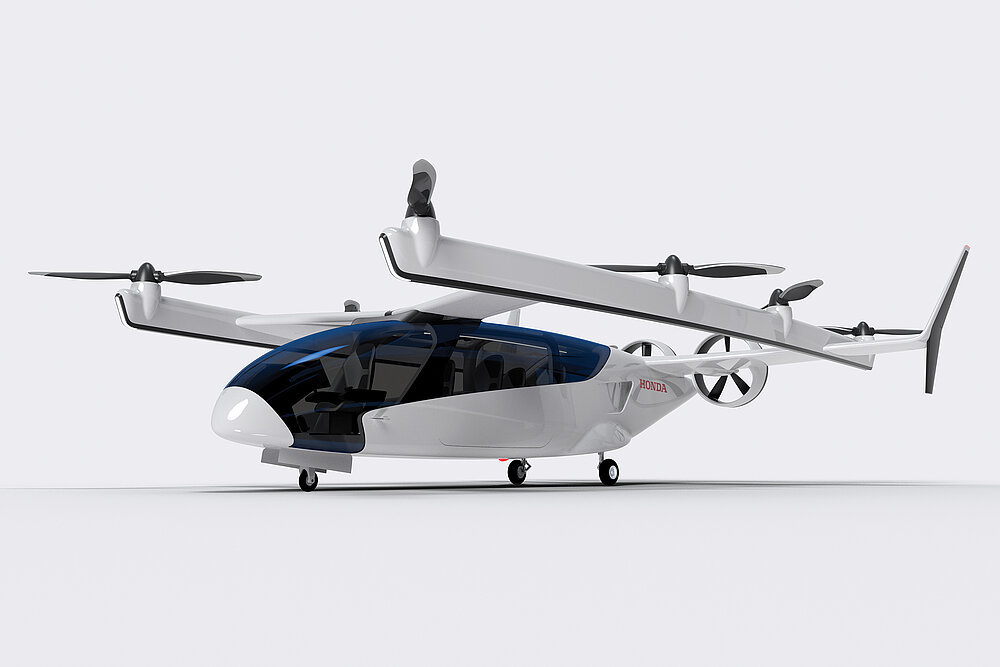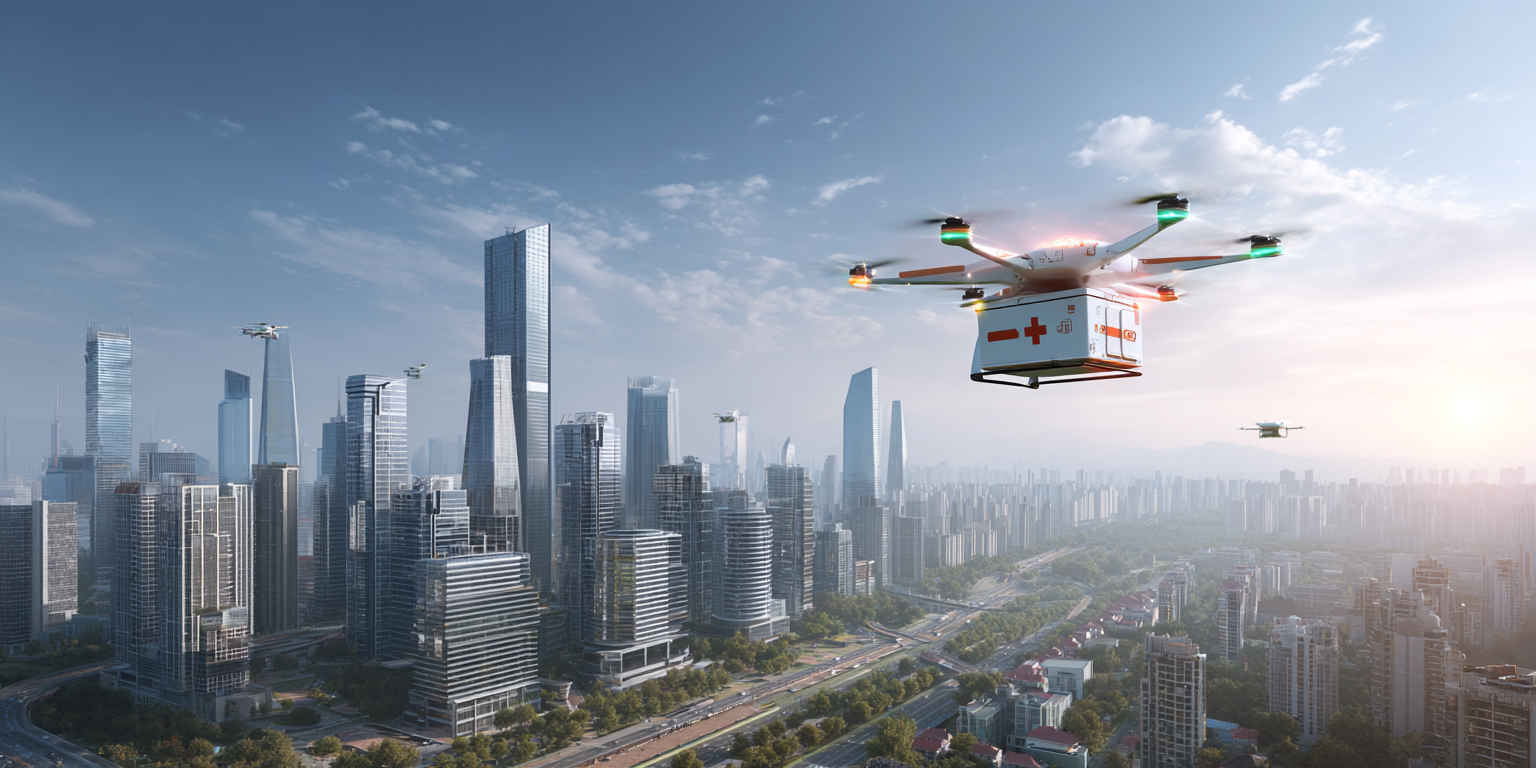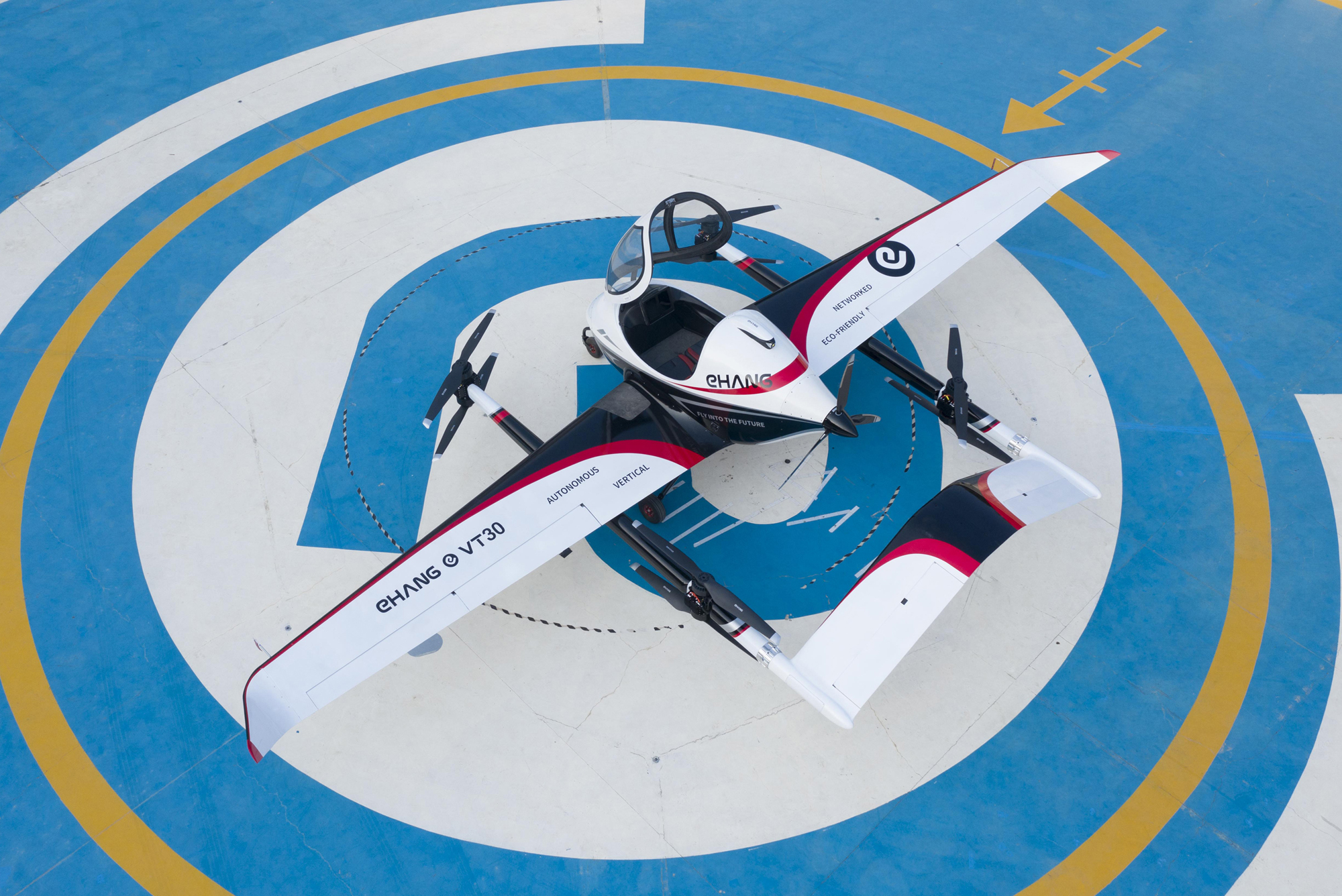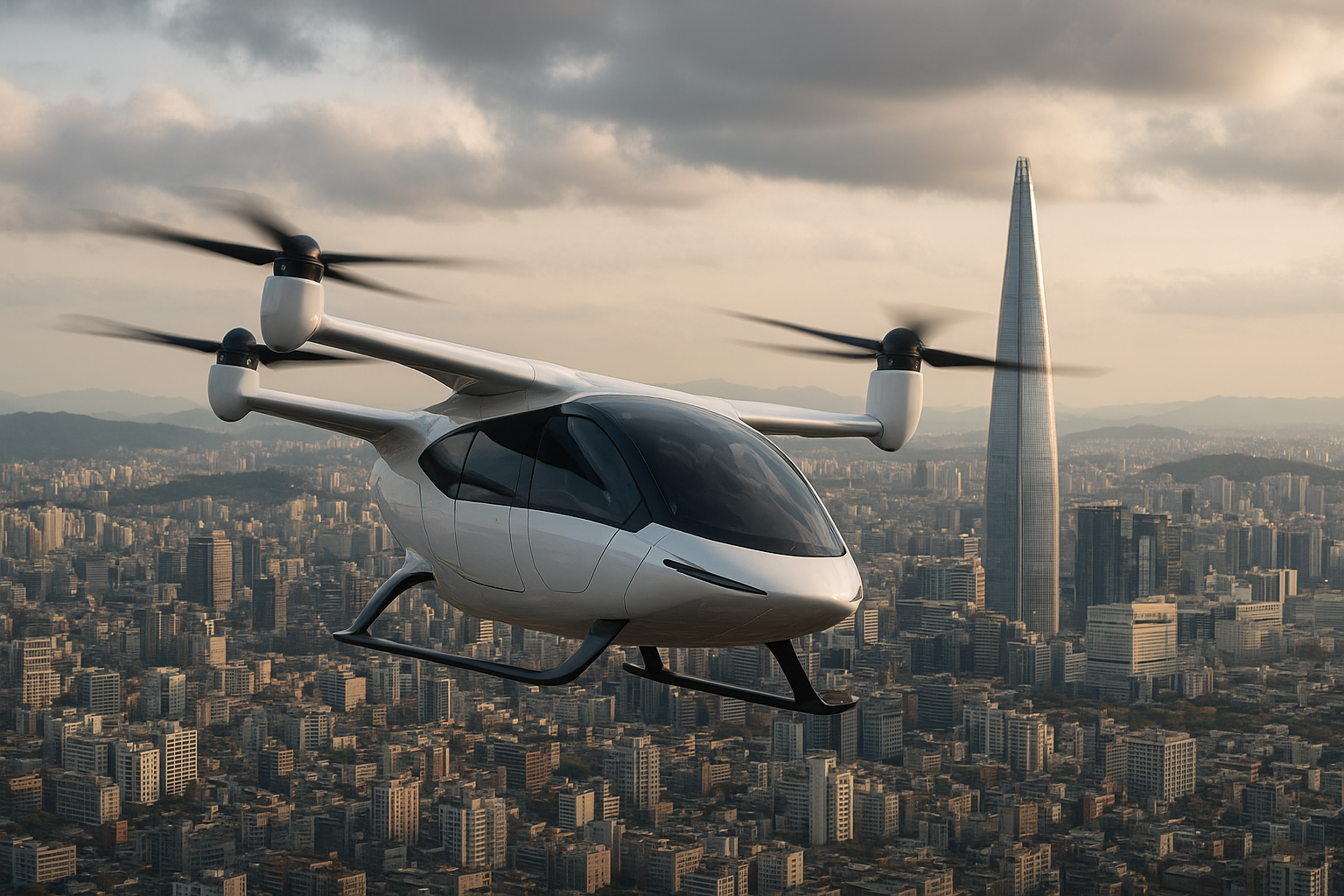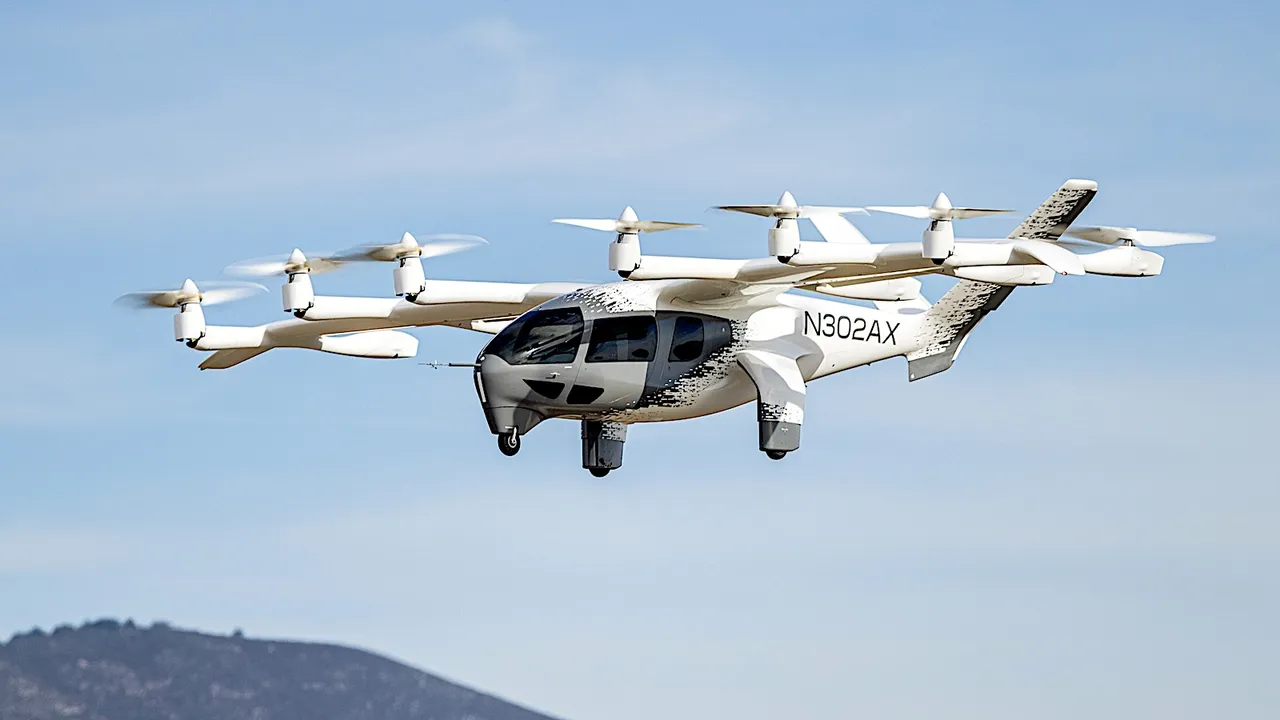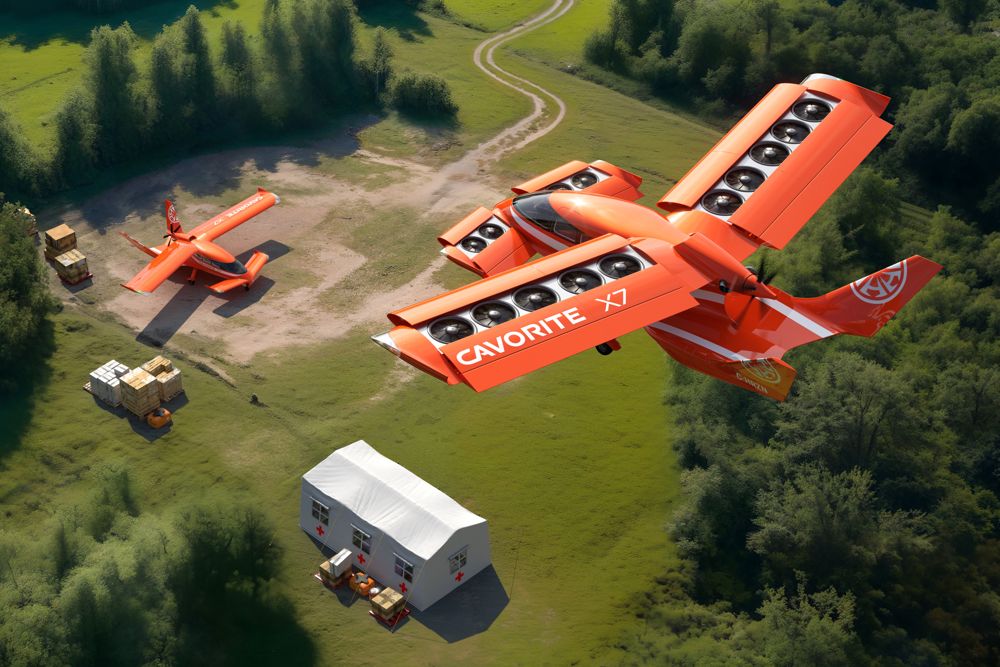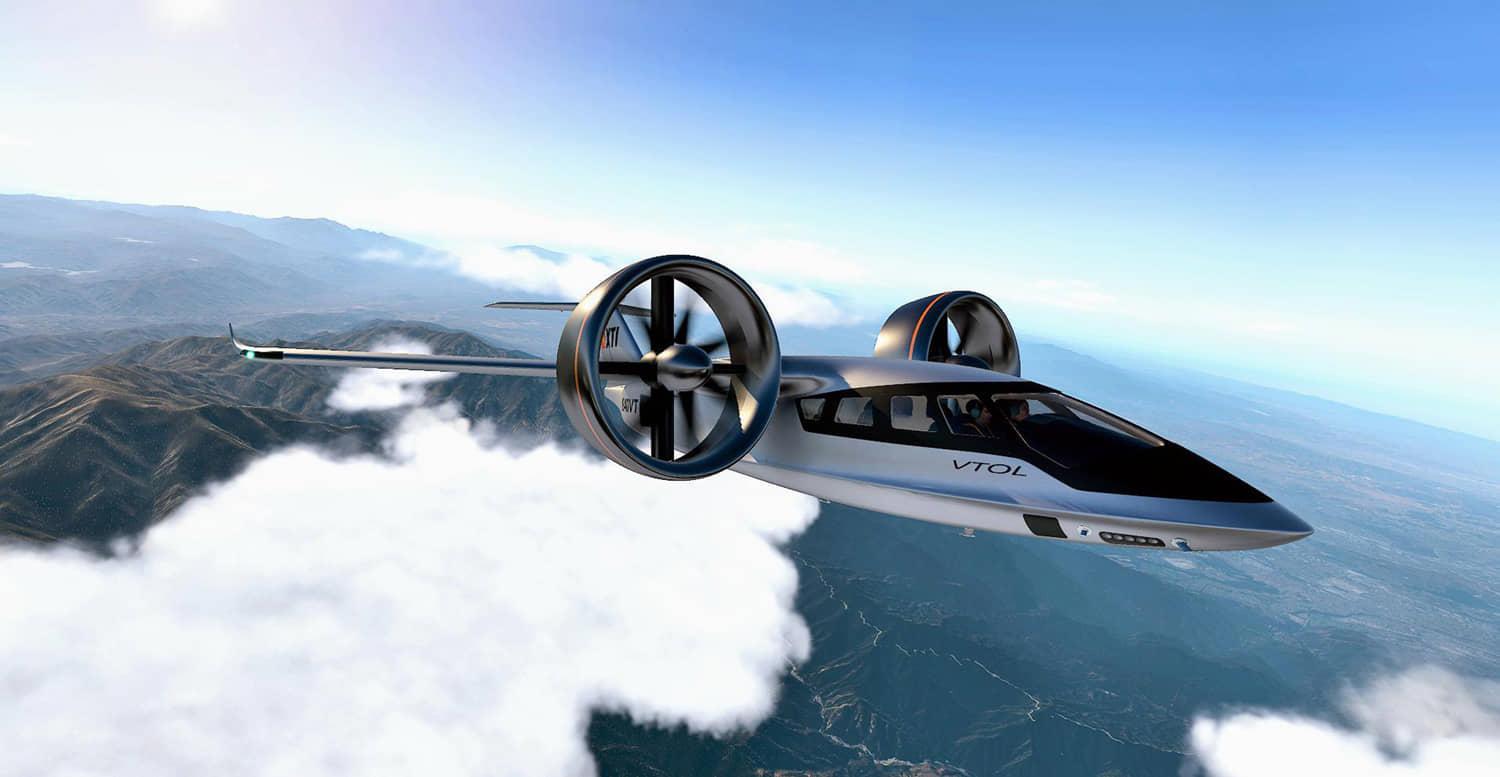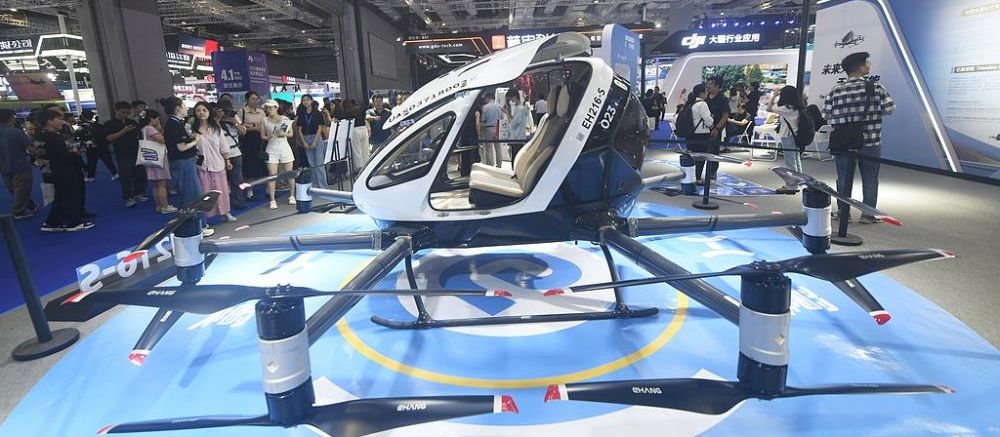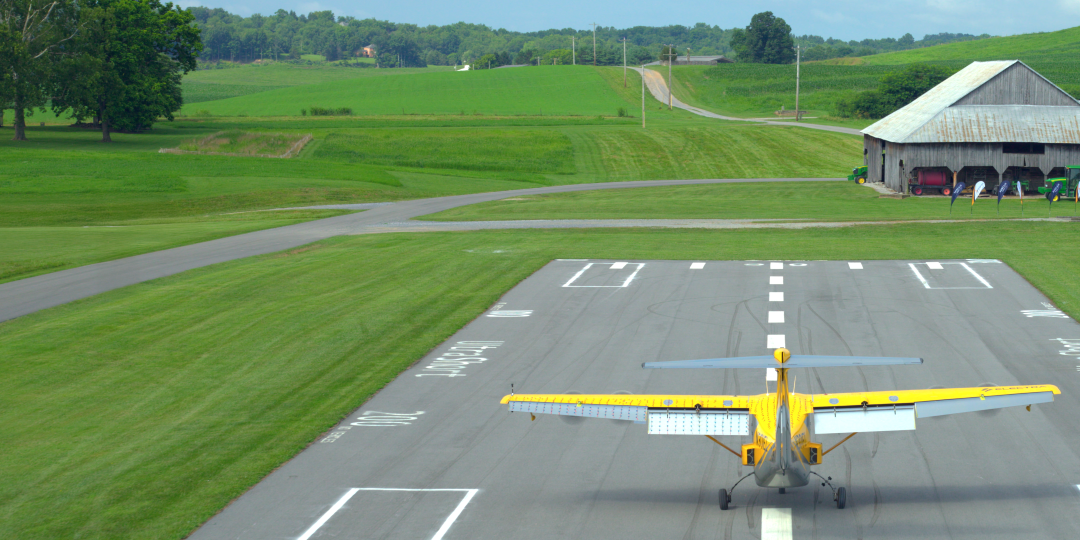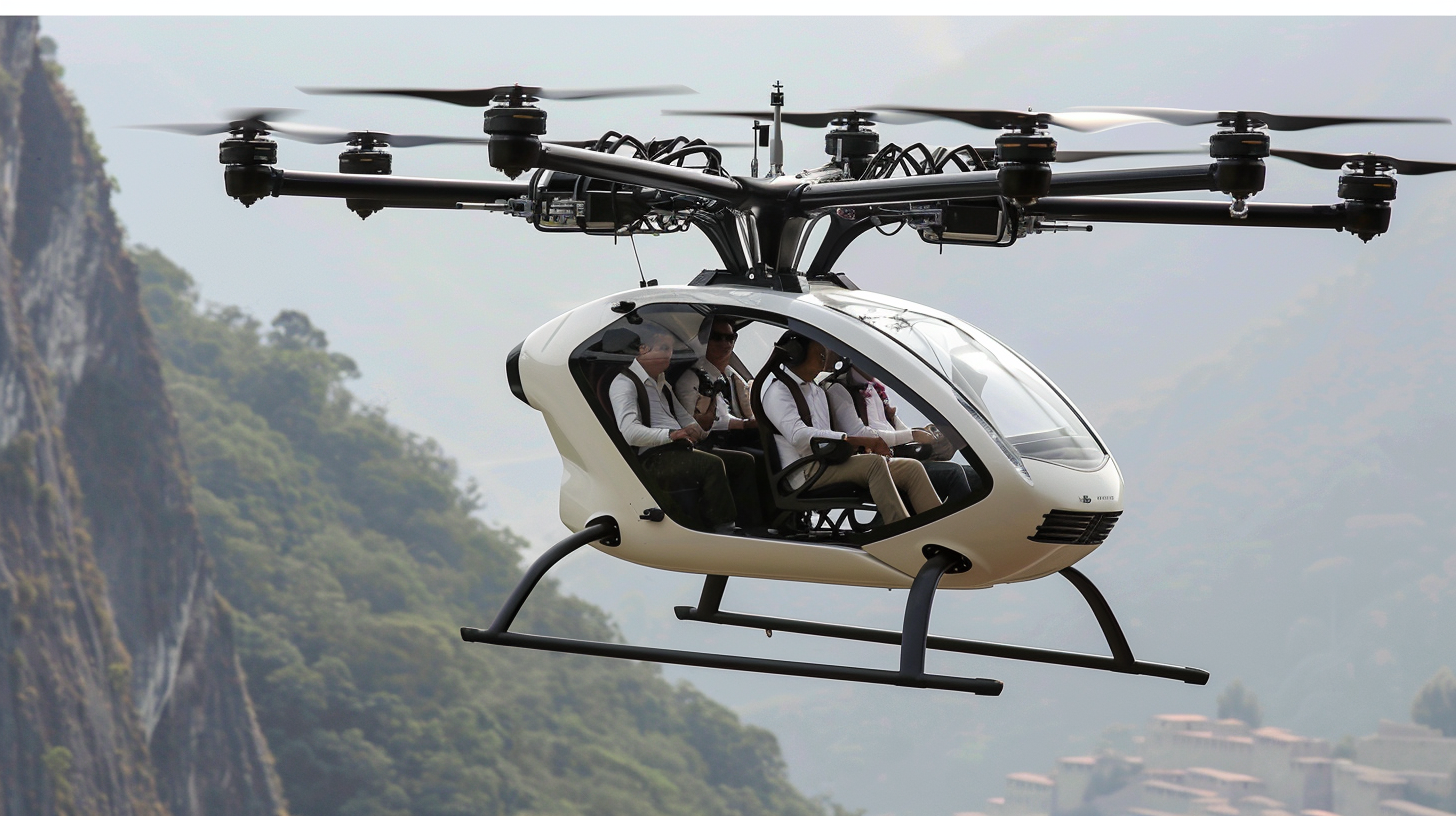BusinessAviation.aero: eVTOL News & Low-Altitude Economy Insights
- Higher Education: Educational and training pathways in Advanced Air Mobility and the wider Low-Altitude Economy.
- Charlotte-Atlanta AAM Corridor: A Template for America's Low-Altitude Economy Strategy
- Wisk and Signature Aviation Are Building the Infrastructure America Needs
- TCab Tech breaks ground on eVTOL manufacturing facility
- Top Five eVTOL Stocks to watch for 2025: Joby Aviation, Archer & More | Stock Analysis
- Hefei: China's Low-Altitude Economy Development Hub
- Low-Altitude Economy Takes Flight as FAA Eliminates Drone Waiver Requirements for Commercial Operations
- Joby Aviation Acquires Blade: A Strategic Move Reshaping the US, EU Low-Altitude Economy
- AutoFlight Makes Aviation History with World's First 2-Ton eVTOL Offshore Oil Platform Operation
- One startup, three aircraft: ZeroG's plan to fill the skies
